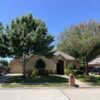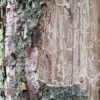Anthracnose

What is Anthracnose?
Anthracnose is caused by several species of fungi that spread via airborne spores and rain splash. These pathogens primarily attack leaves, stems, and twigs—disrupting normal growth and leaving trees vulnerable to further stress.
The name anthracnose comes from Greek, meaning “coal disease,” a reference to the dark, blistered lesions the disease creates on infected foliage and twigs.
Anthracnose is a common term for a group of fungal diseases affecting trees and plants. In the warm climate of North Texas, understanding anthracnose and its impact on local trees is crucial for gardeners and homeowners alike.
Anthracnose Red Flags
- Irregular leaf spots
- Twig blight
- Dieback in spring
- Sunken lesions on leaves
- Curling and wilting leaves
- Cankers on stems and branches

How a Texas Tree Surgeons ISA Certified Arborist Diagnosis Anthracnose
Our ISA Certified Arborists carefully inspect leaves, stems, and branch tips for characteristic symptoms and assess surrounding environmental conditions that favor fungal growth. If needed, we may recommend lab testing to confirm a diagnosis or rule out other leaf diseases.
How Texas Tree Surgeons Treats / Manages Anthracnose
Our management approach includes:
- Pruning infected limbs and twigs to reduce the spread
- Fungicide applications during high-risk periods (especially early spring)
- Improving airflow and sunlight penetration through selective thinning
- Enhancing overall tree health with mulching, watering guidance, and soil amendments
- Seasonal sanitation, such as raking and disposing of fallen leaves to eliminate overwintering spores
In high-value or frequently infected trees, we may recommend preventative systemic fungicide treatments to limit reinfection year after year.
What can Homeowners do to help their trees with Anthracnose?
The fungi thrive in damp conditions, spreading through water splashes, wind, or contaminated soil and tools. Proper sanitation can help halt its transmission.
You can play a key role in protecting your trees from anthracnose:
- Rake and dispose of fallen leaves in autumn to prevent reinfection
- Avoid overhead irrigation or watering foliage in the evening
- Ensure good air circulation by spacing plantings and pruning when needed
- Call a Certified Arborist if you notice early symptoms or repeated outbreaks
What Will Happen to my Tree with Anthracnose?
In most cases, anthracnose is not fatal, but repeated infections can stress trees over time, leading to:
- Reduced growth
- Thinning canopies
- Increased susceptibility to secondary pests and diseases
- Premature leaf loss year after year
In young or already stressed trees, untreated anthracnose can accelerate overall decline. That’s why early detection and ongoing care are essential.
What Species are Texas Tree Surgeons Arborists Seeing this Effect?
- Oaks
- Elms
- Sycamores
- Several other hardwood species

Understanding anthracnose and its impacts on trees in North Texas helps in maintaining healthy landscapes. By recognizing symptoms early, applying effective treatments, and taking preventive measures, you can protect your trees from this common fungal foe. If you need professional assistance, our team at Texas Tree Surgeons is ready to help care for your trees.
Tree Health Care
View Photos of our ISA Certified Arborists & Tree Health Care Technicians Providing Consultation and Care

PREVENTATIVE EAB TREATMENT
If there is EAB activity within a few miles of where you live or property you manage we recommend preventative systemic insecticide treatment applied by a licensed TDA tree health care technician. EAB treatment lasts for 2 years and must be applied regularly to protect ash trees from infection.

OAK WILT TREATMENT
As oak wilt is a systemic, vascular disease, the most effective treatments consist of injecting the infected trees with a fungicidal chemical. The only currently recommended fungicide is Alamo®, a formulation of the fungicide propiconazole. The fungicide is administered through holes drilled in the root flare of the infected tree and should only be applied by Texas Department of Agriculture Licensed Applicators.

STRESSED MAGNOLIA | AFTER
This after photo was taken June 27, 2024 of a magnolia tree after receiving multiple interventions to improve its health. In addition to a tree health care plan of a deep root fertilization with Biopack plus and Sea3 applied by our TDA licensed technician the owner also fixed the irrigation and cleared the root flare. The difference in health is beautiful.

FERTILIZATION
Our Tree Health Care Programs are designed to deliver the right nutrients at the right times throughout the year. We use the highest quality soil conditioners and fertilizers that are delivered at critical points throughout the seasons to optimize the growth and health of trees.

DEEP ROOT INJECTION SERVICES
At Texas Tree Surgeons our deep root injection services provides fertilization deep into the soil. Our unique mixtures combine macro- and micro-nutrients, root growth stimulators, soil conditioners, beneficial biotics (both mycorrhizal fungi and rhizobacteria), and organic materials to cultivate the optimum natural growth environment.

ROOT PRUNING POST AIR SPADING
To correct this improperly planted tree our Tree Health Care Technicians air spade to expose the root flare and to prune away girdling roots. You can learn more about how to properly plant a tree here.

GIRDLING ROOTS
This tree was planted too deep and has several girdling roots (roots that circle the tree and do no flare out) that left unmanaged would eventually kill the tree. After air spading our Tree Health Care Technicians are pruning the roots and adjusting the soil around the tree to expose the root flare to improve tree health.

INSPECTING FOR POSSIBLE DECAY
Sometimes issues with a tree aren't clearly visible on the outside so an arborist will need to inspect the interior. An arborist does this by probing with a small knife to see how extensive the decay in a region of a tree is. Arborists are able to use this information along with other signs to determine if there are potential structural issues or possible increased chances for failure.

MEASURING DBH
The best way to approximate the size of a tree is to measure their dbh, (diameter, breast, height). This enables our arborists to estimate the amount needed for Tree Health Care products or pricing for Tree Removal.
Related Blogs
Similar blogs related to this topic
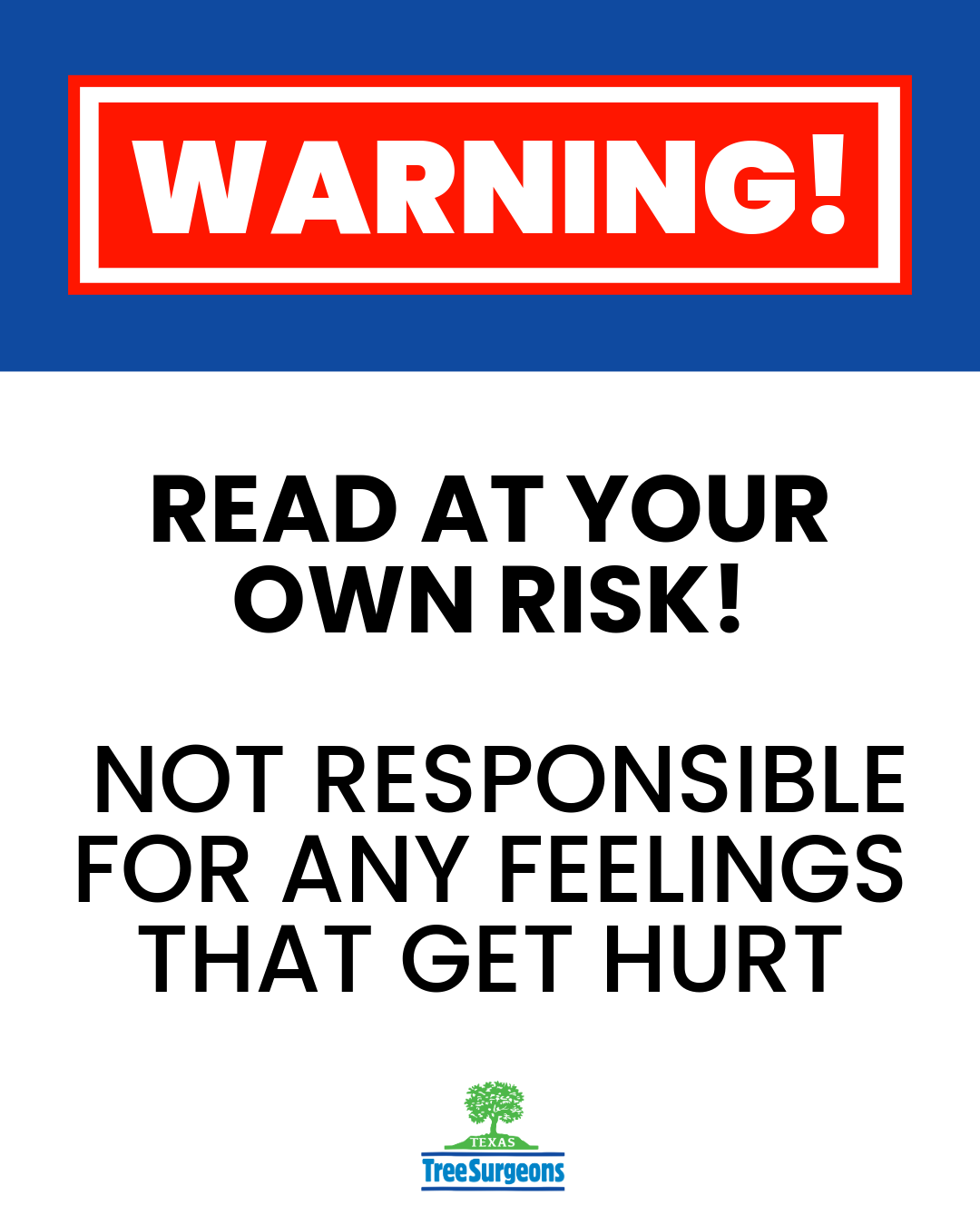
Top 10 Things We'd Tell You as an Arborist if We Weren't Afraid of Hurting Your Feelings
This is a list of tree care worst practices that you, or someone you know may be guilty of. Read the following list at your own risk. You’ve been warned, feelings may get hurt. 1.…
Read more
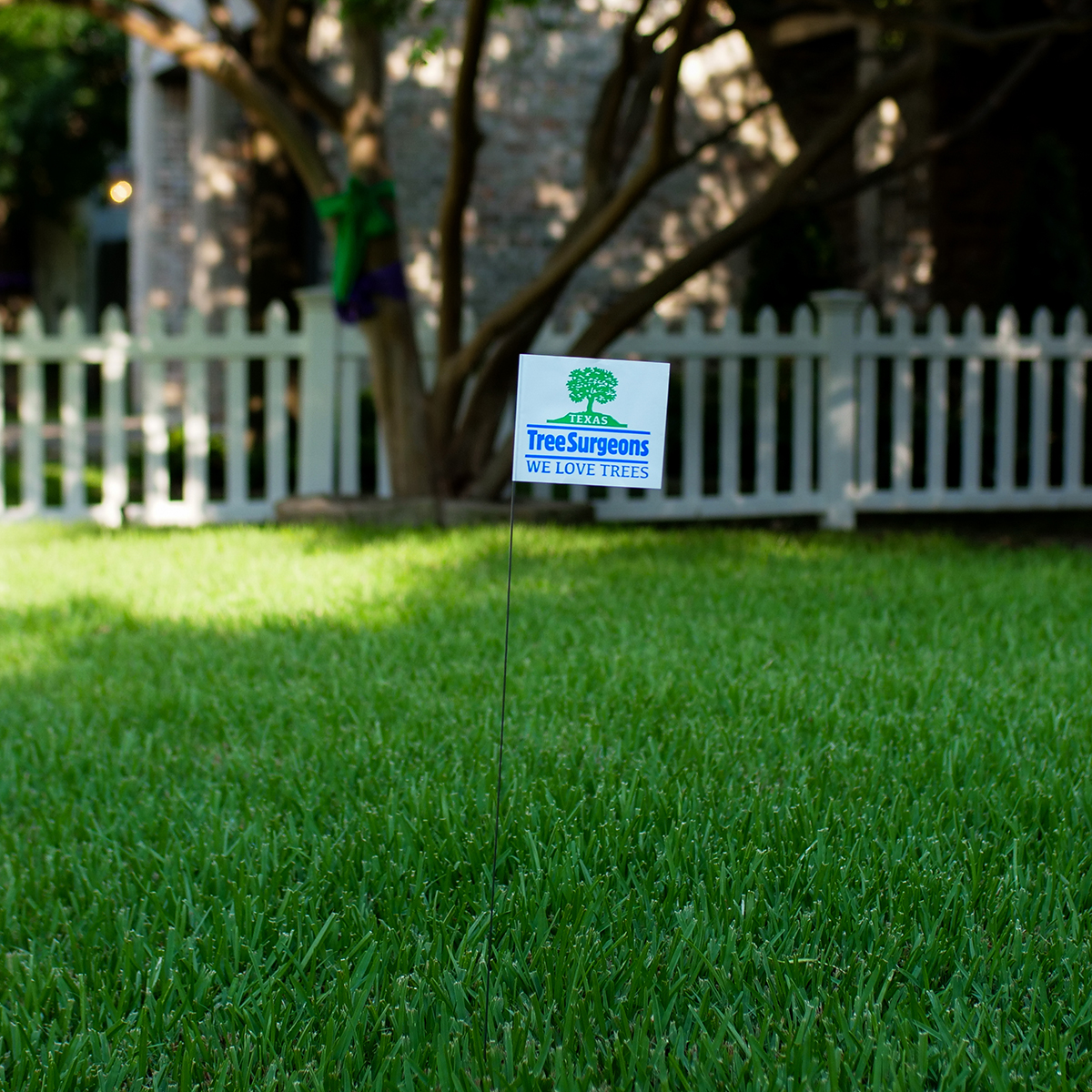
Avoid These Tree Care Mistakes for a Healthy Landscape
Below is a list of overlooked mistakes that could jeopardize the health of your trees. From missteps in pruning to incorrect watering practices, discover how to give your trees the care they deserve. Red oak…
Read more
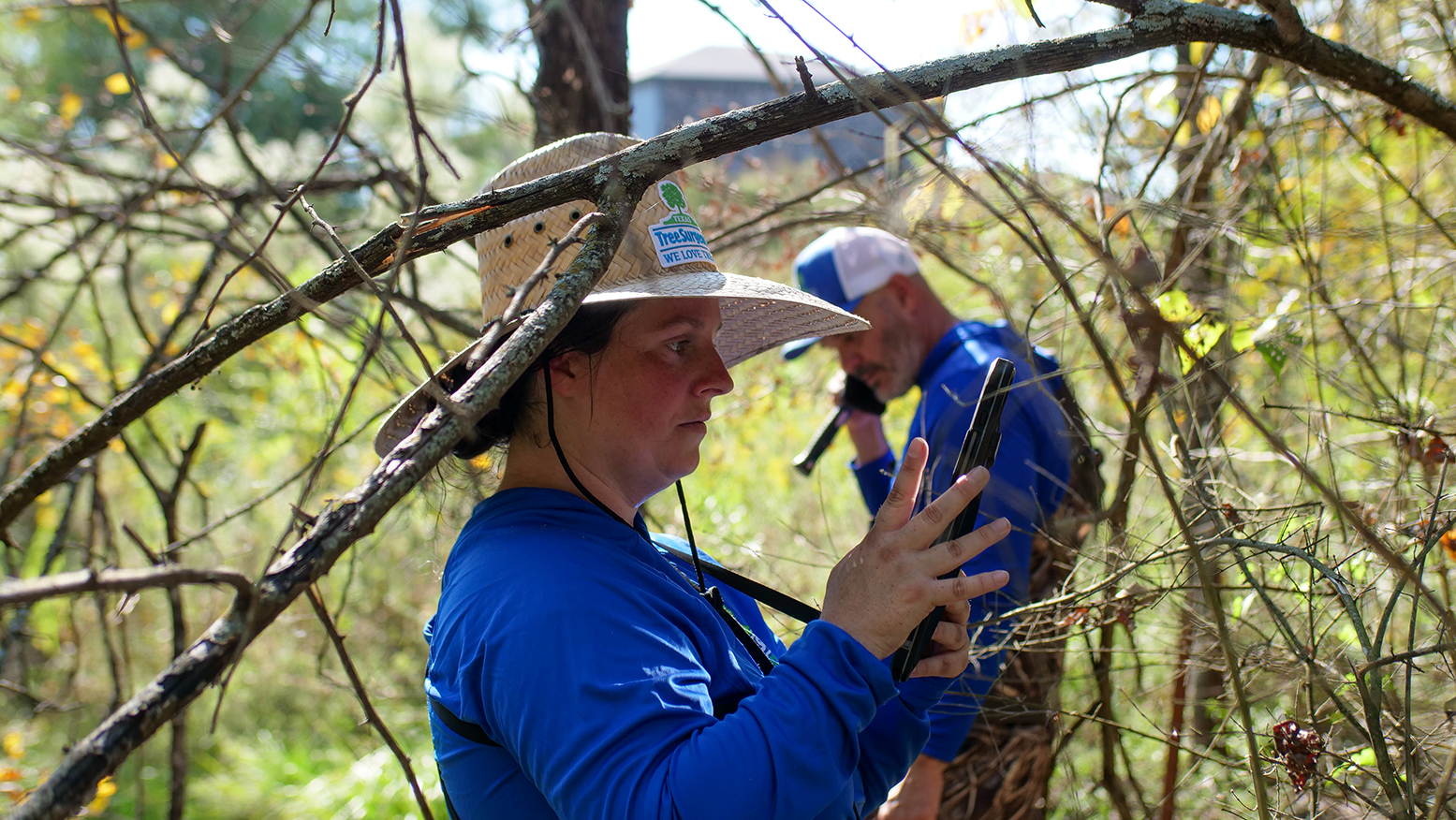
Why do Arborists Recommend Soil Sampling in Urban Areas like Dallas?
Soil sampling is a crucial practice in urban areas like Dallas. It helps arborists make informed decisions about your landscape to ensure a healthy urban ecosystem. Our native soils vary widely—from the dense clays of…
Read more